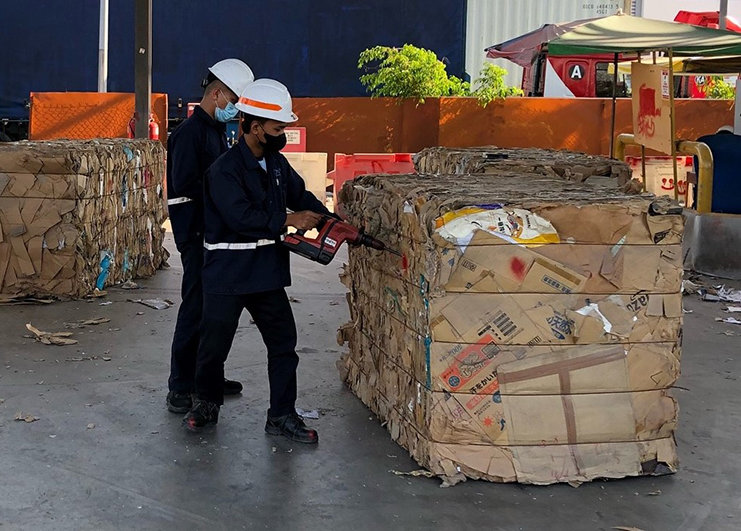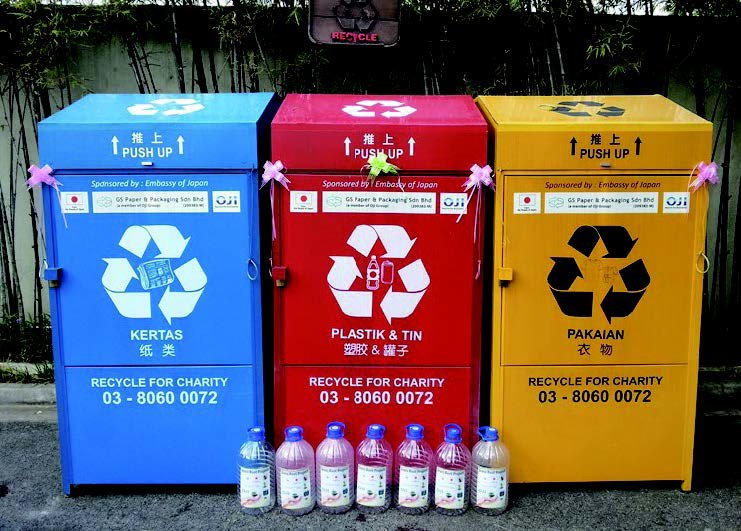Policy
The Oji Group produces newsprint, printing paper, paperboard and other products at mills across Japan, and more than 60% of the raw materials we use are recovered paper. We work to increase the circular use of resources and contribute to maintaining a healthy paper recycling system by actively utilizing various types of recovered paper.
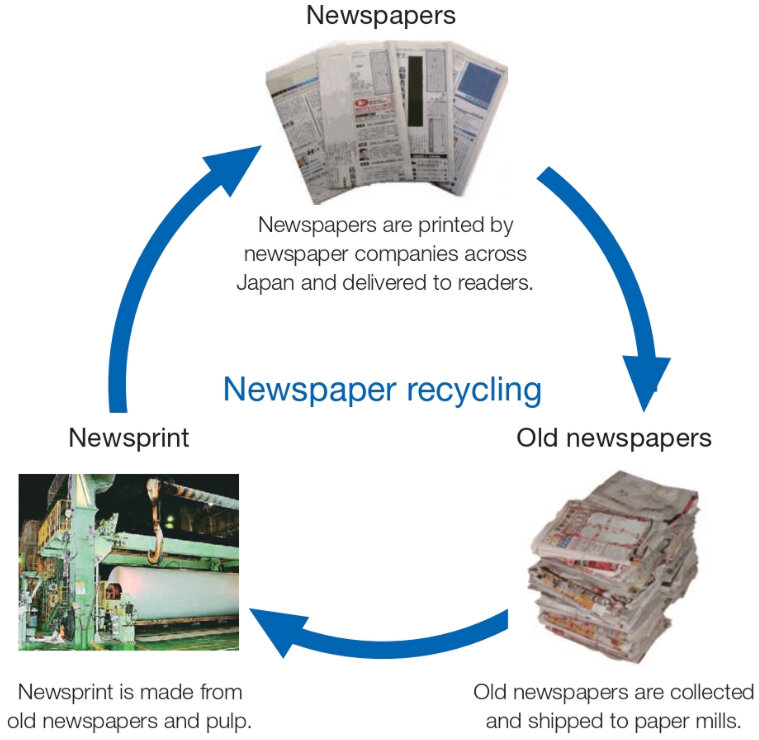
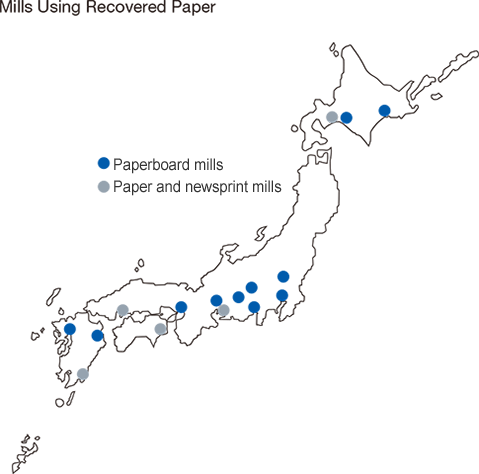
Structure
Targets and Achievements
Increasing the Recovered Paper Utilization Ratio1 in Japan
The Oji Group consumes 3.5 million tons of recovered paper, annually the largest in Japan. This is 24% of the total 14.6 million tons of recovered paper consumed in Japan. The Oji group uses various types of recovered paper in a wide range of products. The recovered paper utilization ratio*1 has continued to increase every year, reaching a record high of 67.4% in FY2024. The ratio for containerboard in particular is a much higher 98.3%.
- *1 Recovered paper utilization ratio = Volume of recovered paper consumed ÷ Total volume of fiber raw materials consumed (total consumption of recovered paper, wood pulp, and others)
Changes in the Amount of Recovered Paper Use
and Recovered Paper Utilization Ratio
- * This table can be viewed by scrolling horizontally.
| FY2015 | FY2016 | FY2017 | FY2018 | FY2019 | FY2020 | FY2021 | FY2022 | FY2023 | FY2024 | ||
|---|---|---|---|---|---|---|---|---|---|---|---|
|
Amount of recovered paper use (kt) |
Old newspapers | 1,035 | 1,040 | 956 | 902 | 793 | 676 | 636 | 624 | 590 | 543 |
| Old magazines | 667 | 649 | 710 | 765 | 815 | 795 | 773 | 677 | 628 | 579 | |
| Old corrugated containers | 1,979 | 2,025 | 2,077 | 2,051 | 1,996 | 1,976 | 2,056 | 2,171 | 2,018 | 2,048 | |
| Others | 349 | 352 | 351 | 362 | 406 | 378 | 369 | 333 | 340 | 328 | |
| Total | 4,029 | 4,066 | 4,093 | 4,081 | 4,010 | 3,826 | 3,834 | 3,806 | 3,577 | 3,498 | |
| Recovered paper utilization ratio (%) | Oji Group companies in Japan | 64.3 | 63.5 | 64 | 64 | 65.6 | 68.5 | 67.1 | 67.6 | 68.3 | 67.4 |
| All Japan*2 | 64.3 | 64.4 | 64.2 | 64.3 | 64.6 | 67.5 | 65.9 | 66.3 | 67.1 | 66.5 | |
- *2 All Japan: Paper Recycling Promotion Center
Initiatives
Initiatives in Japan
Expanded Use of Recovered Paper
To date, the Oji Group has actively worked to expand the use of recovered paper through the efforts including increasing recycling for confidential documents. We have also newly established a system to recycling used paper cups and liquid containers such as milk cartons that have conventionally been difficult to process, and are promoting their reuse at our mills.
With the decline of sales of newspapers, magazines and other forms of paper media, the amount of paper that can be recovered that is generated has declined each year, even as overseas demand for recovered paper remains strong. Therefore, we see it as our mission to improve paper utilization technology in a way that enables the stable consumption of paper that previously could not be recovered, and that maintains the domestic circulation of paper recovered in Japan being recycled in Japan. To fulfill this mission, we will work with recovered paper wholesalers and other recycling companies to increase the use of recovered paper as a domestic resource.
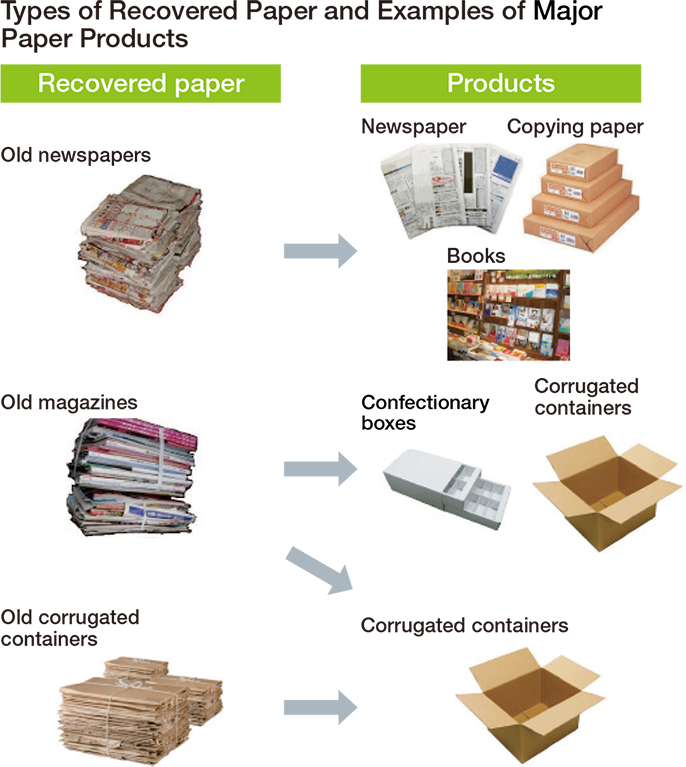
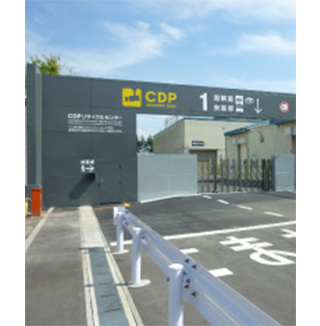

Recovered Paper Used at Kneading Pulper
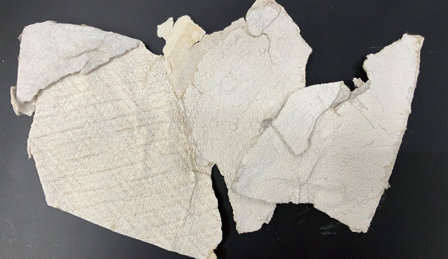
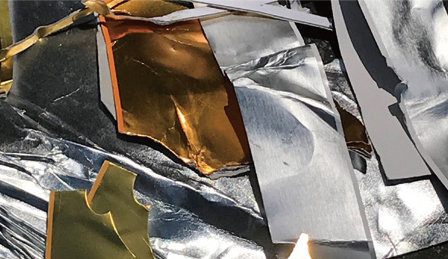
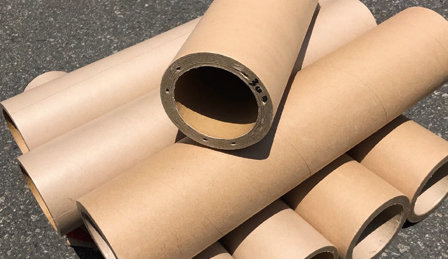
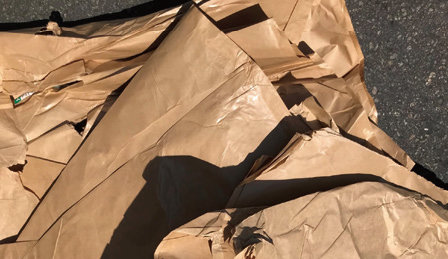

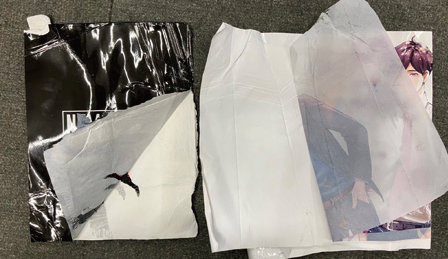
Improvement in Quality of Recovered Paper
Foreign materials other than paper that are mixed in with recovered paper or inks from specially printed or processed papers can cause quality problems when used to manufacture new paper products, such as color spots or surface swelling. These contaminants are collectively referred to as prohibited materials. The Oji Group cooperates with recovered paper recyclers and the Paper Recycling Promotion Center to engage in awareness campaigns targeting local authorities, schools and businesses to prevent prohibited materials from commingling with recovered paper.
Prohibited materials
| Paper products that cannot be used as raw materials in paper manufacturing | |
|---|---|
| Aromatic paper, perfumed paper | Wrapping paper and corrugated containers for detergents, soap and incense sticks, etc. |
| Sublimation transfer printing paper, thermal expansion paper | Thermal paper, iron-on transfer printing paper, 3D copy paper (such as the paper used for printing braille) |
| Waxed corrugated containers | Corrugated containers that contained imported fruits and vegetables or processed marine products |
| Stained paper | Paper stained with food or oil |
| Materials other than paper | |
| Stone, glass, metal, earth and sand, woodchips, fabric, plastics, etc. | |
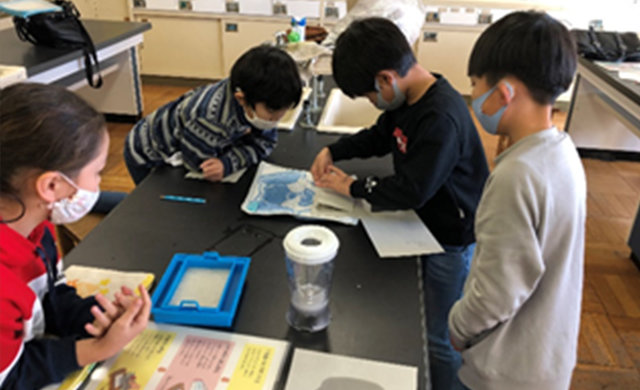
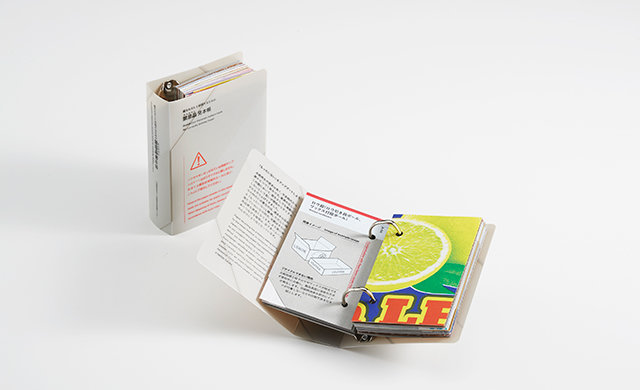
Initiatives of Overseas Group Companies
Oji’s containerboard mills in Malaysia also recycle recovered paper to contribute to a recycling society.
In Malaysia, GSPP manufactures containerboard made almost entirely from recovered paper. In 2023, it used 695,000 tons of recovered paper, of which it procured 46% locally in Malaysia and imported 54% from overseas.
Activities to Increase Recovered Paper Recycling in Malaysia
GSPP is working to improve the quality of recovered paper in Malaysia, mainly with affiliated collection and sorting facilities.
Moreover, GSPP is conducting a campaign to increase the general public’s awareness of recovered paper recycling.
Below, the photograph on the right shows sorting bins that GSPP donated to welfare facilities in conjunction with the Embassy of Japan in Malaysia.
The bins are designed to increase awareness of recycling by enabling the segregated disposal of paper plastics and cloth.
